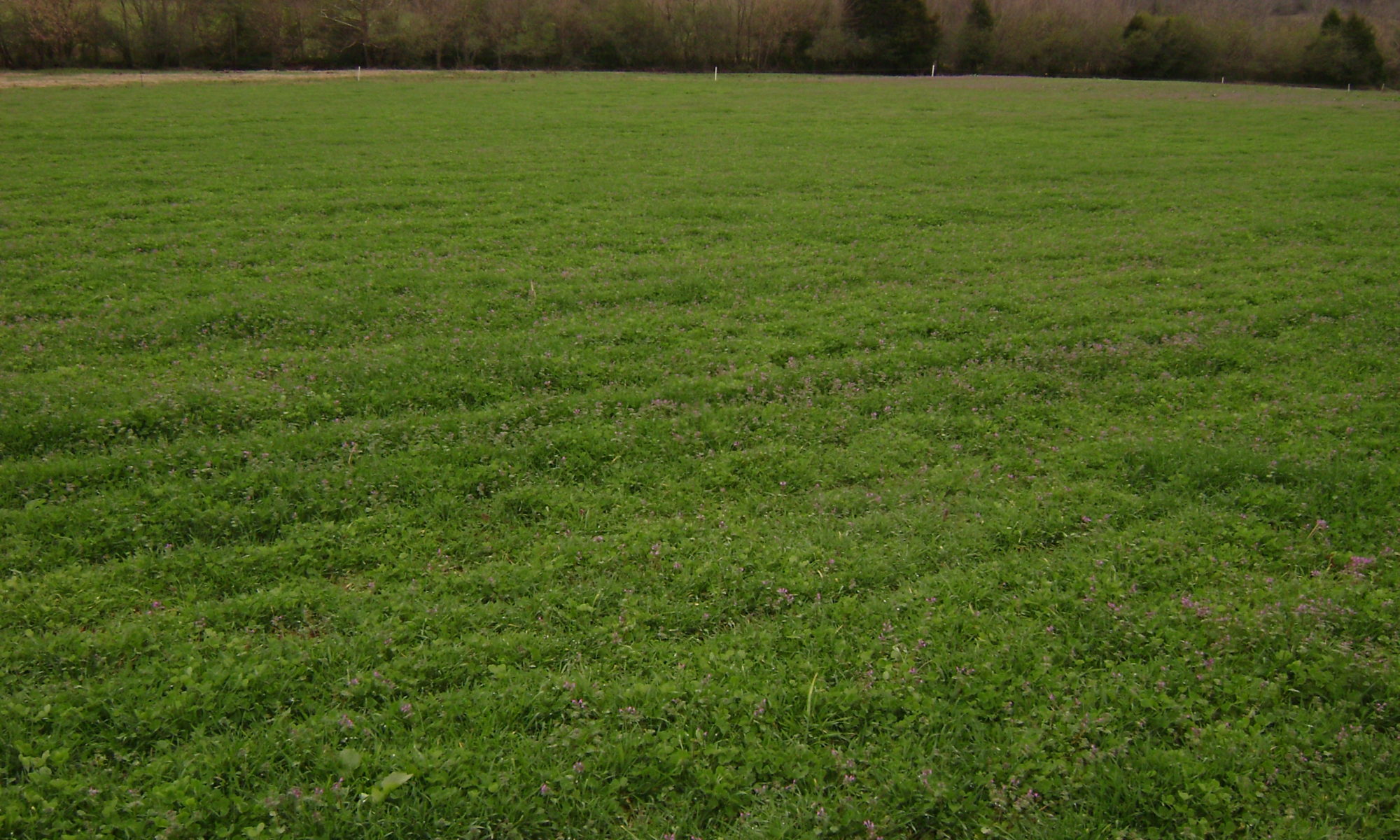

Dr. Katie Mason
Assistant Professor and Extension Beef Cattle Nutrition Specialist
Department of Animal Science
P: 865-974-8941
As an Extension Specialist with a 15% teaching appointment, I get a fair amount of interaction with students in the Animal Science department. But because I do not have a research appointment, I do not have a large group of graduate students under my direction. However, I have the opportunity to provide mentorship to graduate students a few other ways. One of those is a class credit called ANSC 515: Beef Extension Experience. In this course, a student under the direction of another major professor works with me to learn more about Extension. I have the students choose a topic and then deliver it a variety of ways: verbally to a youth, agent, or producer audience, written as an Extension publication, and one online posting.
This semester, Hannah Clark, MS student under the direction of Dr. Sarah Moorey, has been working with me. She’s been working on projects related to nutrition for replacement heifers. But for her online assignment, I decided to let Hannah tell us about her personal interests and connections in agriculture. Her writing submission is below:
There is one commonality among all agriculture advocates, the love for agriculture. I was born and raised in the central lowlands of eastern South Dakota; home of the productive Houdek Loam soil to raise successful crops and vast grassland for livestock. My grandparents have been farming since 1978. As a young girl, I remember trekking out through the alfalfa fields with my young brother in tow, a cooler full of Coca-Cola and cold meat sandwiches, excited to spend the evening with our grandpa in the swather.
That excitement and passion for agriculture has followed me throughout my life, and this has carried over within my time here in Tennessee. The realization of moving to Eastern Tennessee is the diversity of agriculture within the United States, specifically forages and crops.
Clay soil is the main soil type in eastern Tennessee. This soil supports a variety of common forages used to feed livestock. Feed is the most expensive input for livestock, so optimizing the forages available can help manage these input costs. Throughout my experience with my grandparents on the farm, and throughout my education in agriculture, I have added to my knowledge base a few management strategies used to optimize the productivity of the land.
Fertilizing based on the fertility status of the soil can help the productivity of the pasture. This also goes hand-in-hand with weed control of these pastures. Eliminating weeds allows for more soil footage for forage growth and productivity. If forage is being harvested, weed control can help increase the yield of haylage. Stockpiling tall fescue helps extend the growing season and can reduce hay costs during the winter months if applied correctly. Utilizing the pastures correctly can go a long way. Rotational grazing is a technique of dividing a pasture into smaller paddocks, with one paddock being grazed at a time.
Diversity and passion has driven the industry and has made it what it is today. I am proud to be an agriculture advocate and I am proud to be alongside individuals that share the same passion.
I appreciate these moments that allow me to mentor students that I otherwise would not have in my lab. Investing our time and resources into passionate young people makes the future of agriculture bright.
